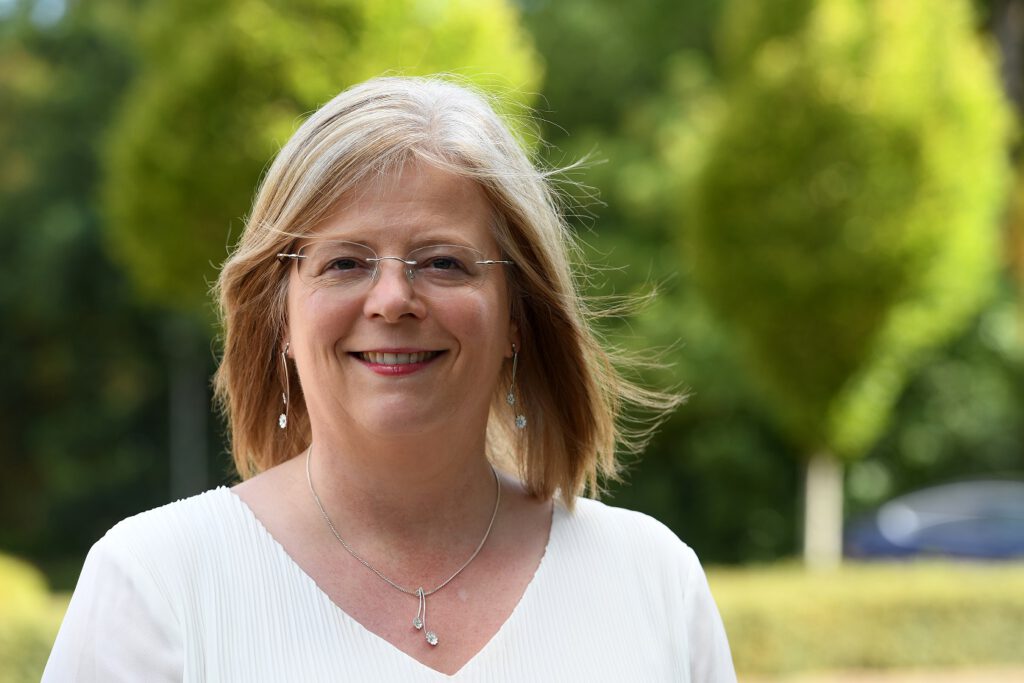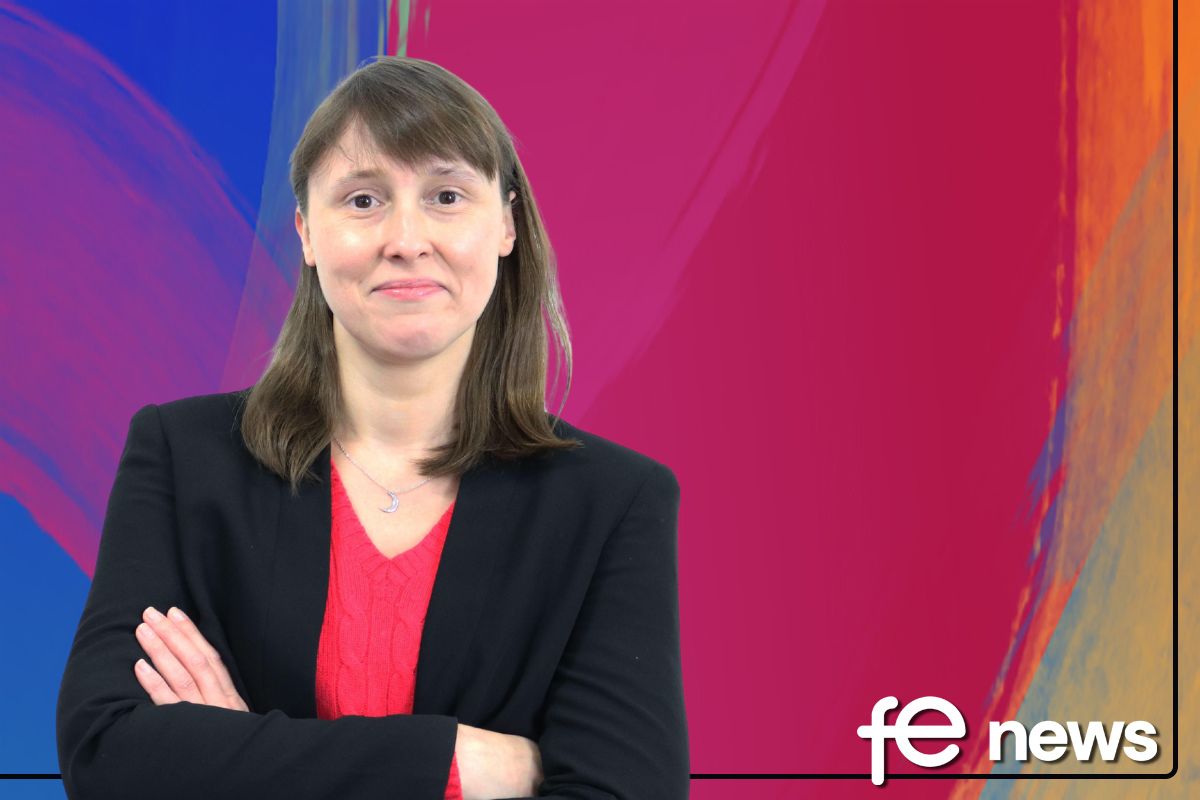Arts for the economy’s sake: #STEM vs Creative Skills

Arts for the economy’s sake
I spend a lot of time promoting STEM subjects, especially when it comes to encouraging girls and women to study them.
With that in mind, it might seem a bit contrary for me to be making the case for the Arts, but the economy really does need a significant portion of both.
First there’s the direct benefit; a study for Arts Council England released in April put the amount of money contributed to the nation’s income (GDP) from arts-based businesses at £10.8 million – that’s more than agriculture.
Culture pays. Our impending departure from the EU means Milton Keynes can no longer dream of being a European Capital of Culture in 2023.
Sceptics about the value of such a title would do well to look at the figures for Liverpool. When that city was Capital of Culture in 2008 it saw an extra three million visitors contributing to a £754 million boost for the local economy.
Pressure to “do science”
Partly because of the pressure from government to “do science,” the numbers of teenagers taking creative subjects at GCSE has dropped significantly over the past five years.
The numbers of candidates for music, art, drama have all fallen. It’s not as if the talent and the commitment aren’t there.
You only had to visit Milton Keynes College’s Summer Showcase recently at the inspirational, wonderfully refurbished MK Gallery to see the breadth of imagination and creativity in Art and Design, Photography, Fashion, Graphics etc., with which young people are positively bursting.
Will they all end up in the creative arts? Maybe not. Will the skills they have learned go to waste? Most definitely not.
Soft Skills
There’s an expression I dislike – soft skills. It’s a catch-all term for abilities which are often hard to define. Among them are things like:
- Teamwork
- Communication
- Leadership, and
- Critical thinking.
You can be the best software designer or mechanical engineer in the world, but if you can’t explain your vision, can’t persuade your colleagues to embrace it or can’t lead them towards its realisation, what use are you?
Creative study provides excellent training in these skills.
STEM vs creative activities is not an either or and it’s absolutely right that as a nation we are trying to ramp up our technical and vocational skills.
When preparing our successful bid for the planned Institute of Technology at Bletchley Park we spoke to many local and global businesses, all crying out for the same things – employees who have all the technical skills and the soft ones.
Creative thinking is a desirable attribute, essential for the modern and future workplace. Being creative brings with it the ability to solve problems with relevance and novelty, just what the secret workforce at Bletchley Park achieved all those years ago.
The creative arts help develop this skill. Perhaps we tend to channel our young people in one educational direction too soon and we might all benefit if they experienced a broader curriculum for longer.
Creative Scientists
You might think I’m asking too much and that we can’t have it all, much as we would like. I would point in support of my case to “creative scientists” like Professor Brain Cox whose skills run from membership of 90s pop band, D:Ream to being a sought after TV presenter and his professorship in particle physics at the University of Manchester.
Less well known but equally fabulous at combining the creative with the technical is Rachel Wong (aka @Konichiwakitty).
She’s a tissue engineer who grows human organs from stem cells for medical purposes (currently nurturing eyes to study blindness) and also makes wearable hi-tech clothes. She describes herself as an advocate for STEAM (Science, Technology, Engineering, Arts and Medicine).
Probably the greatest of the crossover giants was a certain Italian whose death five hundred years ago we celebrate this year.
Leonardo Da Vinci was the ultimate practitioner of both arts and sciences as were many of the greatest historical figures whose reputations have lasted longest including Aristotle, Galileo, Copernicus, Ptolemy and Michelangelo.
And for the modern world?
As AI becomes a bigger part of life, process-driven jobs are becoming obsolete.
Businesses will not want people to do the same task again and again because robots can do that. The business leaders that we talk to want people who can think of new and better solutions.
They need creative people who constantly push to think of new and better ideas. Art and technology are two sides of one coin, two different approaches devised by humans to help describe and explain our universe.
We would do well to remember they are complimentary and not mutually exclusive.
Doctor Julie Mills OBE, CEO & Group Principal, Milton Keynes College












Responses